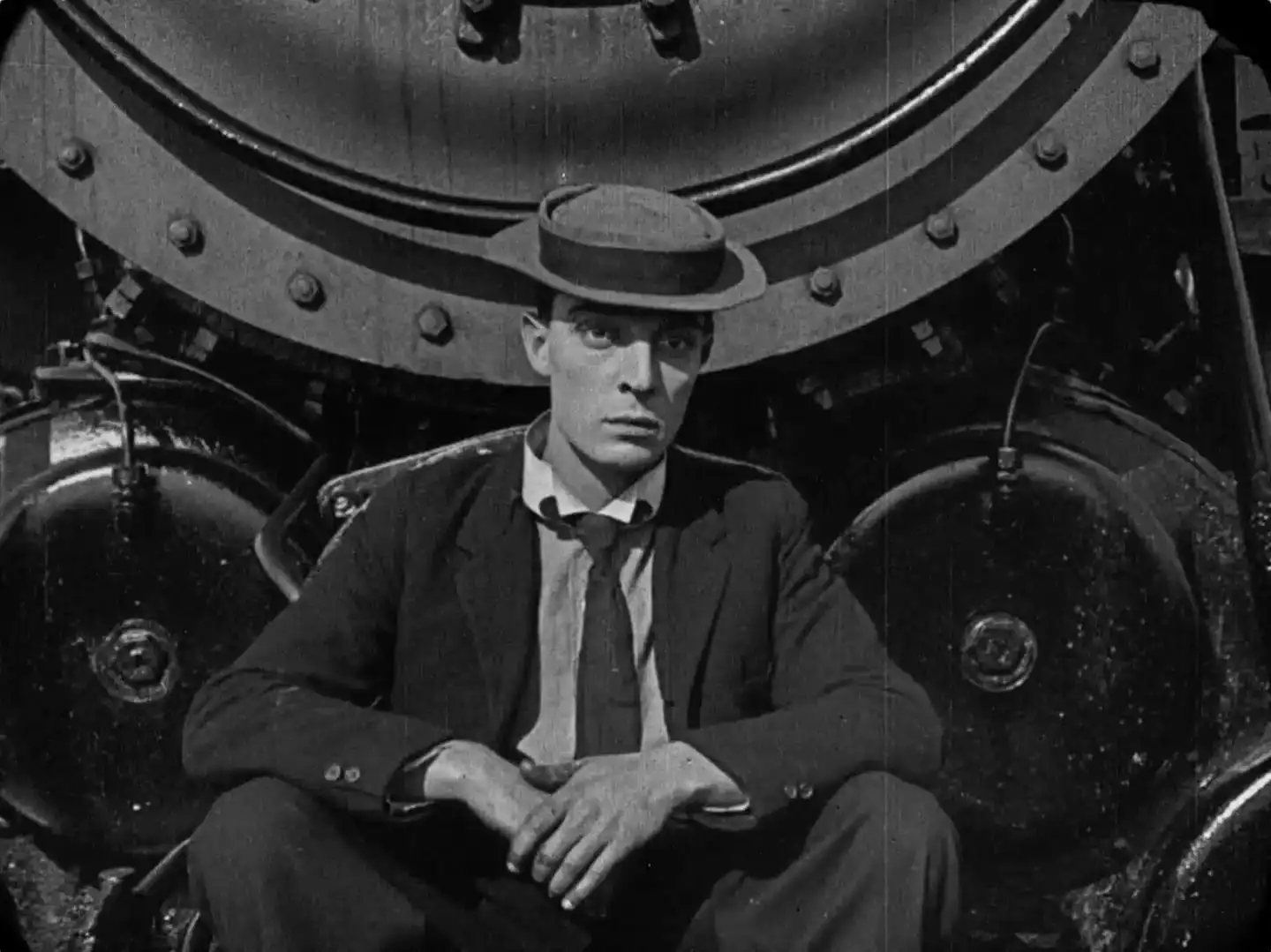Buster Keaton’s final silent film is an absurdist comedy that touches on philosophy, the meaning of life, and the value of friendship. The movie features weird characters (such as a hand-shaped person), visual gags, and slapstick comedy as Mr. Keaton plays an ersatz version of himself working in a department store and avoiding his fellow employees (who all hate him). The movie has many memorable sequences, including a great one where Buster falls asleep on a park bench and dreams that he’s falling from the top of a skyscraper. In this article, we’ll explore some behind-the-scenes facts about “The Scarecrow.”
What’s the meaning of the movie’s title?
Buster Keaton’s last silent film, “The Scarecrow,” was released in the spring of 1963. It was also his last movie. Keaton died of a heart attack at the age of 64. His passing occurred just 10 days after the death of Marilyn Monroe. The name of the film is a bit of wordplay. On one level, it refers to the straw-and-rags figure that Mr. Keaton is forced to wear in the climactic sequence (when he fights against the Hand-Man). On another level, the title might refer to Mr. Keaton himself. After all, by 1963, he was an old man in a rapidly changing world of film, and he was also greatly in need of money. There is also a third, more cynical, interpretation of the title. In his final years, Mr. Keaton was a figure of fun – a once-great comedian reduced to doing bad movies to make a quick buck. Because of this, some have suggested that the title of his last film could be a reference to the adage that “all actors are a bit of a scarecrow.”
The actors in this movie were hand-shaped people.
Making a Keaton movie in the 1960s was a strange experience. To this day, few movies have featured characters who have been more bizarre than those that appear in “The Scarecrow.” To play parts such as a well-dressed hand, a foot, or a mouth-faced person, the producers of the film dressed up normal-looking people in strange costumes. As a result, the cast of “The Scarecrow” seemed to consist of nothing but hands, feet, and mouths with Buster Keaton in the lead role. The film is also notable for its use of a range of bizarre-looking props. For example, there’s a foot-shaped car that appears in the movie.
Where was “The Scarecrow” filmed?
Keaton’s 1963 movie was filmed in both Hollywood, California, and New York. The movie was mainly filmed at the MGM studios in Hollywood, with some of the scenes shot at Keaton’s New York home. The studio scenes were filmed on Stage 12. Keaton’s home in New York was located at 77 West 77th Street, and this is where the sequence where Mr. Keaton falls asleep on a park bench and dreams that he is falling from the top of a skyscraper was filmed in. The outdoor scenes for the movie were shot in New York. The same location was also used in Keaton’s film “The Navigator.” The famous park bench that is featured in “The Scarecrow” was located on the East Side of Manhattan – specifically at East 78th Street, between First and Second Avenues.
Interesting facts about the making of “The Scarecrow”
The climactic sequence of the movie features a fight between Mr. Keaton and a Hand-Man. This is a symbolic way of representing the conflict between man and machine. In the movie, the Hand-Man represents the idea that humanity is being replaced by computerized machinery. In contrast, Mr. Keaton is a man who works in a department store and is constantly harassed by his bosses. - Buster Keaton’s last film was also the final movie that was produced by the great producer Joseph M. Schenck. Schenck was head of United Artists and produced several of Keaton’s movies in the 1920s and 1930s. Schenck was forced out of UA in 1963, the same year that “The Scarecrow” was released. - Buster Keaton’s last movie was originally called “The Hand.” The title was later changed to “The Scarecrow” because the producers thought that the word “hand” was too obscure.
Final thoughts
Keaton’s last movie is a strange but ultimately rewarding piece of cinema. It is a very unusual film, featuring a hand-shaped person and hand-shaped cars, and it also has some interesting, almost metaphysical, things to say about the meaning of life. In particular, “The Scarecrow” explores the idea that the meaning of life is to be found in friendship. Throughout the movie, Mr. Keaton is tormented by his fellow employees and by the store manager. However, he is saved by a kind old friend who refuses to believe that Mr. Keaton is as bad as the rest of the world thinks that he is. In the final analysis, “The Scarecrow” is a bittersweet comedy. It is a touching depiction of one man’s final stand against a world that is rapidly changing and a poignant farewell to the great Buster Keaton.


 The Cassette Recorder was the Technology to allow us to record our own Music
The Cassette Recorder was the Technology to allow us to record our own Music
 Bathing Your Newborn Baby Safely and Comfortably
Bathing Your Newborn Baby Safely and Comfortably
 American Men's Casual and Sportswear in the 1920s
American Men's Casual and Sportswear in the 1920s The Biggest Silent Film Star was Charlie Chaplin
The Biggest Silent Film Star was Charlie Chaplin Rudolph Valentino Silent Film Heart-throb
Rudolph Valentino Silent Film Heart-throb Hooray for Harold Lloyd and Silent Film
Hooray for Harold Lloyd and Silent Film Douglas Fairbanks and Silent Film
Douglas Fairbanks and Silent Film Warner Bros Film Studio in the Heart of Hollywood
Warner Bros Film Studio in the Heart of Hollywood